What materials are Surface Protection Films usually made of
2025-06-05
Common Materials for Surface Protection Films
-
Polyethylene (PE)Flexible, lightweight, cost-effective.
Provides basic protection against scratches, dust, and minor impacts.
LDPE: Soft, transparent (suitable for glass/polished metal).
LLDPE: Better stretchability for irregular shapes. -
Polypropylene (PP)Stiffer and more heat-resistant than PE.
Suitable for moderate temperature applications (e.g., electronic components).
Offers good clarity and chemical resistance (used in automotive/industrial settings). -
Polyester (PET)High tensile strength, dimensional stability, heat resistance (up to 150°C+).
Used in high-precision industries (semiconductors, LCD screens, aerospace).
May include anti-static/anti-fingerprint coatings. -
Polyvinyl Chloride (PVC)Strong adhesion, flexible (suitable for rough/uneven surfaces).
Good impact resistance but may leave residue from plasticizers.
Used in construction (floors/walls) or temporary machinery protection. -
Polyurethane (PU)Highly elastic, abrasion-resistant (ideal for curved surfaces).
Stretches without tearing, often with self-healing properties for scratch resistance. -
Silicone-Coated FilmsUse residue-free, easily removable silicone adhesives.
Popular for high-transparency applications (smartphone screens, optical lenses).
You Might Also Like
-
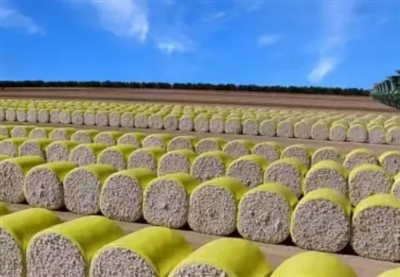
what are the advantages of cotton packaging film
-
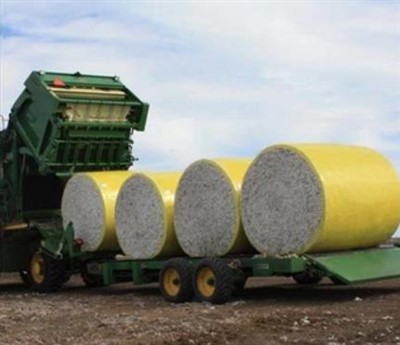
The Advantages of Cotton Wrap Film
-
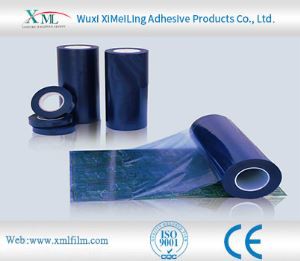
How does pe protective film cope with high temperature environment
-
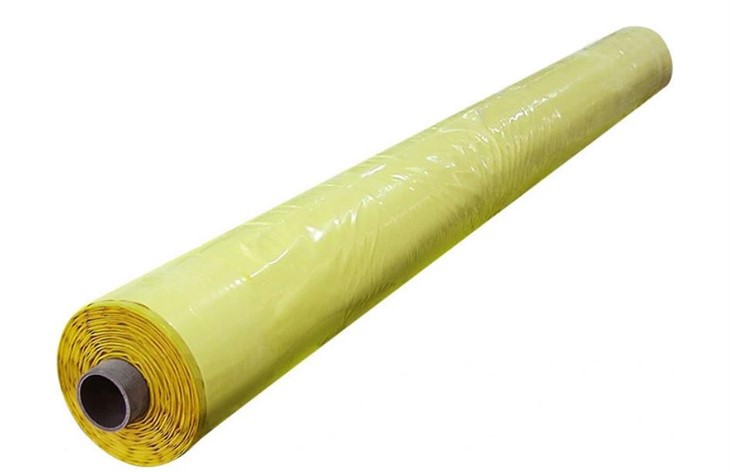
Advantages of Cotton Bale Wrap Film
-
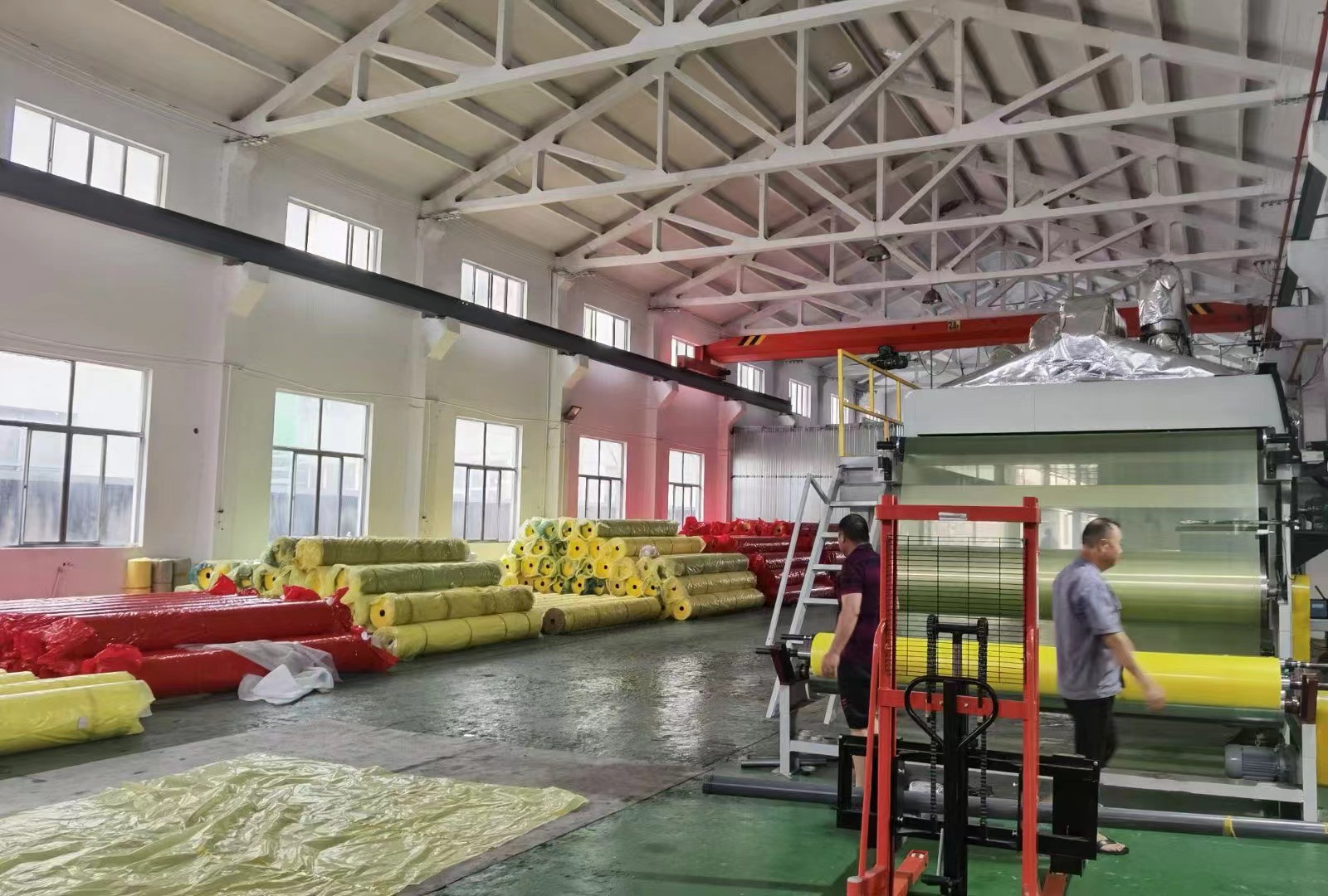
Storage method of cotton bale wrap film
-

How Polyethylene Packaging Material Copes with High Temperature Environment
